Kyoto is one of my favorite destinations in Japan. The city combines the old and new with many centuries old temples amid the urban sprawl. You'll see remnants of the country's storied past whenever you move from one part of the city to the next.

If you are planning a trip, read my guide about this historic city.
Guide
Kyoto provides you with a glimpse of what Japan was like centuries ago and what the country might become in the future. As the former capital of the country, you will find many historic sites and ancient temples and shrines. Walking around the different neighborhoods will feel like time traveling. The city has survived the ravages of war and time, and is now a prime tourist destination for those who are visiting Japan.
There's plenty to see and do while exploring, here are just some of them.
Attractions
Fushimi Inari Shrine
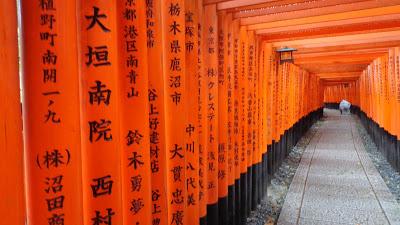

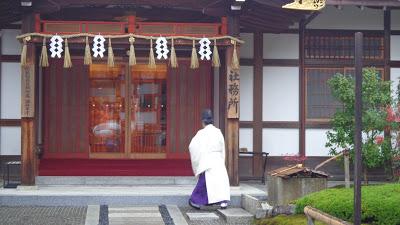
Fushimi Inari is one of the most famous destinations in Kyoto. The orange gates that lead up the steps are its most recognizable feature. The complex was built as a dedication to the Shinto god of rice. Fushimi Inari has an ancient past that dates back to even before the establishment of the capital in Kyoto. Tourists make their way here to follow the trails and explore the forest, but you'll also find centuries old shrines during your trip.
Entrance fee: Free
How to go: The closest stations are the JR Inari Station and the Fushimi Inari Station Keihan Main Line. You can walk to the shrine from either stop.
Nijo Castle
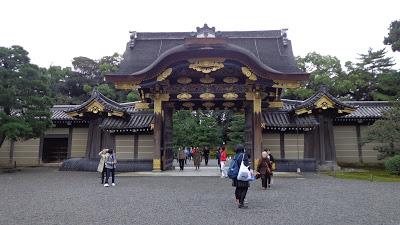
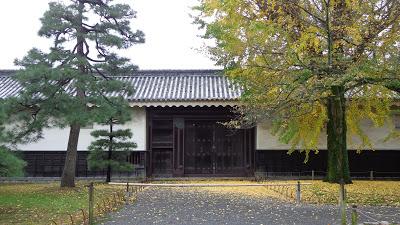
The UNESCO-listed Nijo Castle used to be the home of Tokugawa Ieyasu. It is now a major tourist destination because of its cultural and historical significance. The buildings you'll find inside the complex are ideal examples of palace architecture during the country's feudal epoch. I enjoyed walking around here during my first visit to Kyoto.
Entrance fee: JPY600 and an additional JPY400 for the Ninomaru Palace
How to go: The closest stop is the Nijojo-mae Station along the Tozai Line. Kyoto City Bus 101, 50 and 9 pass by the castle as well.

This Zen temple is one of the most recognizable in the city because of its golden color. Kinkakuji was a former residence of a shogun before becoming a temple in the 1400s. It has undergone a number of reconstructions throughout its lifetime. There is always a crowd when you visit, so temper expectations.
Entrance fee: JPY400
How to go: Kyoto City Bus 101 and 205 can take you directly to the temple from Kyoto Station.
Ginkakuji Temple
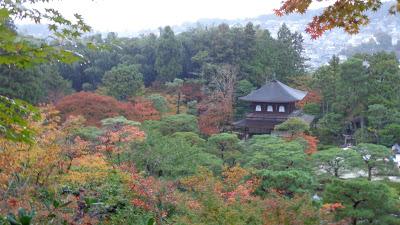
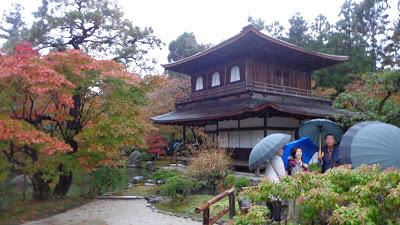
Ginkakuji or the Silver Pavilion has a history that dates back to the 1490s. The temple became the center of Higashiyama Culture. During this time, the arts blossomed; tea ceremonies, noh theater, garden design, flower arrangement and others were refined. The complex is an interesting and beautiful place to walk around in during autumn.
Entrance fee: JPY500
How to go: From Kyoto Station, buses 100, 5 and 17 will take you to Ginkakuji
Ryoanji Temple
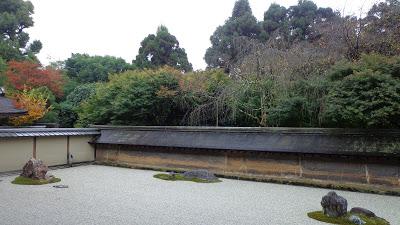
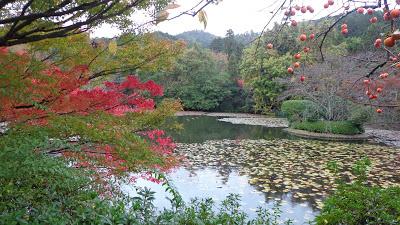
The main reason tourists make their way to this temple is because of the rock garden. Like many temples in Kyoto, Ryoanji used to be a villa of an aristocrat before it became a Zen temple. It also has a beautiful garden where you can see autumn's colors.
Entrance fee: JPY500
How to go: The JR bus can take you directly to this temple from Kyoto Station.
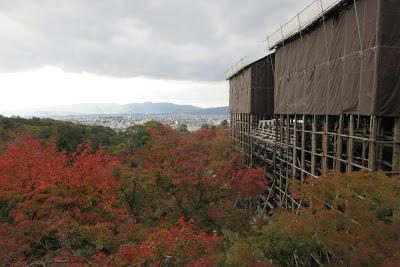
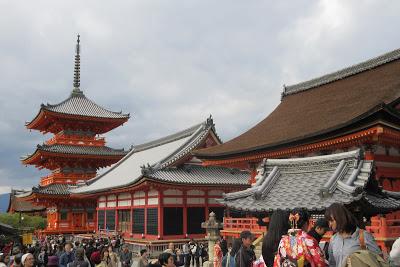
This destination's translates into Pure Water Temple. It is one of the most famous temples in the country and dates back to 780. The area is a famous spot for seeing cherry blossoms and autumn leaves. Kiyomizudera was under construction (until March 2020) during my visit.
Entrance fee: JPY400
How to go: From Kyoto Station, bus 206 and 100 can take you to Gojo-zaka or Kiyomizu-michi stop. You can walk to the temple from either stop.
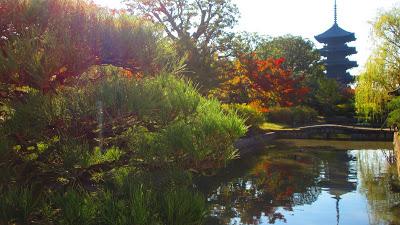
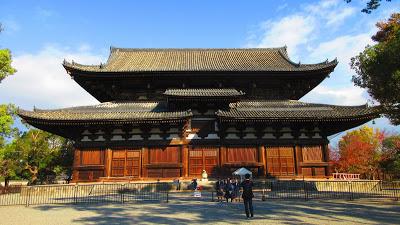
Toji is one of Kyoto's temples on UNESCOs Heritage list. It dates back to the Heian Period. It belongs to the Shingon Buddhism sect. If you haven't gotten tired of seeing temples in Kyoto, you can add this to your itinerary.
Entrance fee: JPY500
How to go: You can walk to Toji from Kyoto Station.
Arashiyama


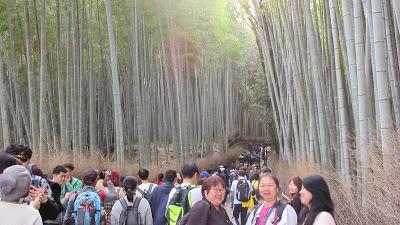
Arashiyama is a famous destination because of the bamboo grove and the Togetsukyo Bridge. It is also a good place to see autumn colors. After seeing both spots, you can go off-the-beaten-path to see rural Kyoto.
How to go: Board a train from Kyoto Station to JR Saga-Arashiyama Station. You can walk to the famous spots from the station.
Tenryuji Temple
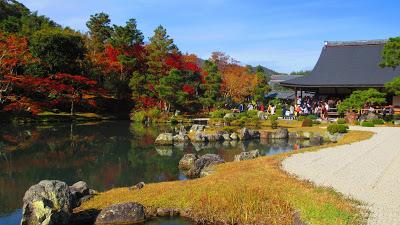
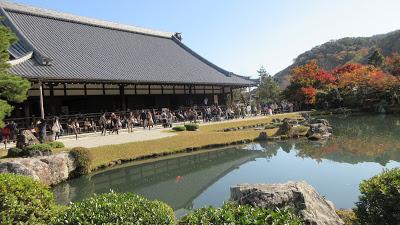
This Zen temple has a history that spans centuries all the way back to 1339. It belongs to Japanese Buddhism's Rinzai sect. It is also a UNESCO World Heritage Site. Despite the crowds, I enjoyed walking around and seeing the autumn colors.
Entrance fee: JPY500 for the gardens and an extra JPY300 to enter the buildings.
How to go: From Kyoto Station, board a train to JR Saga-Arashiyama Station. The temple is within walking distance from the station.
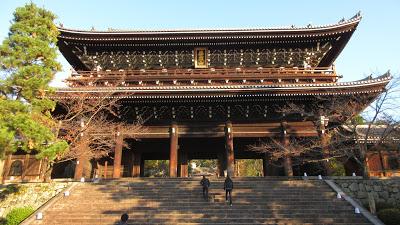
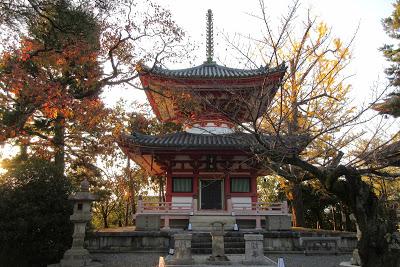
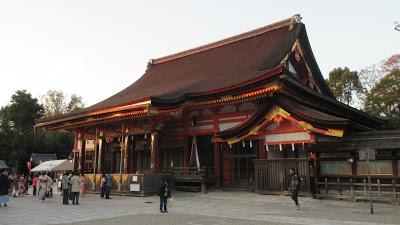
This is the Jodo sect's main temple. The huge Sanmon Gate is the first structure you'll see as you approach the complex. I enjoyed exploring this temple because it wasn't as crowded.
Entrance fee: free
How to go: Kyoto City Bus 206 can take you up to Chionin-mae stop. After alighting, you can just walk to the temple.
Hokanji Temple
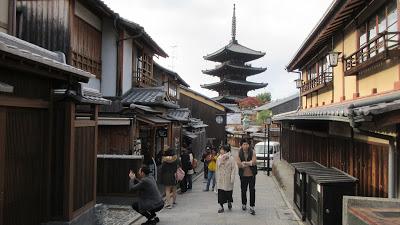
This temple in Kyoto's Higashiyama District dates back to the 6th century. I enjoyed walking around this area because of its Old Kyoto vibe. There are many traditional houses here that will make you feel like you traveled back in time.
How to go: Take the Tozai Subway Line and alight at Higashiyama Station.
Yasaka Shrine
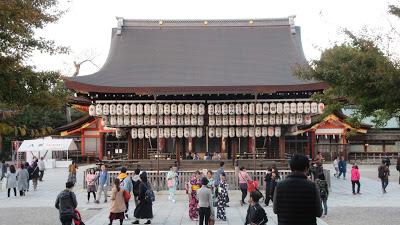

This shrine is famous because of the Gion Matsuri that takes place every July. It has a history that dates back to more than a thousand years.
How to go: The closest bus stop is Gion, you can take either bus 206 or 100 from Kyoto Station.
Gion
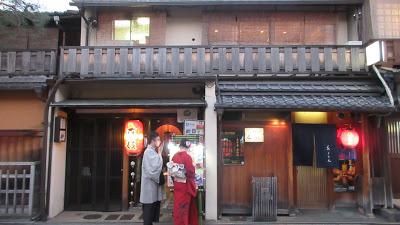
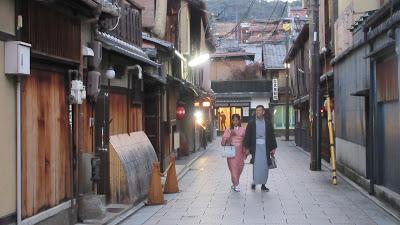
This district attracts tourists because of the many traditional merchant houses here. This is a great (and sometimes expensive) place to dine. You'll find many locals and foreign tourists dressed in traditional clothes. Gion is also a famous geisha district, you might catch a glimpse of one going to a dinner. Hiring a geisha is expensive and exclusive, but it is possible to do so.
How to go: Take bus 206 or 100 from Kyoto Station and get down at Gion stop.
Kyoto Tower
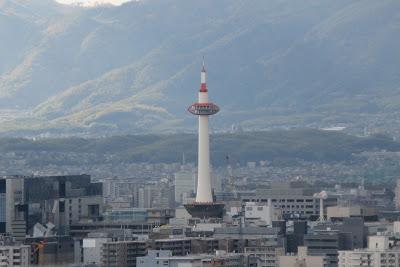
If you are tired of ancient monuments and traditional houses, the Kyoto Tower is just the place for you. It is the city's modern and recognizable landmark. You'll see it immediately once you leave Kyoto Station. The tower finished construction in he mid-1960s.
Entrance fee: JPY770 for the viewing platform
How to go: The tower is within walking distance from Kyoto Station.
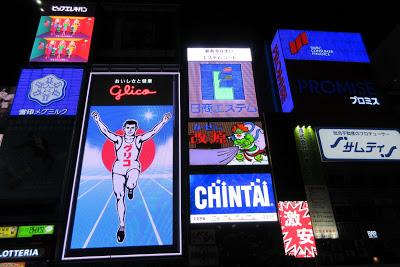
This big, bustling city is the place to shop and eat. There are many restaurants that serve delicious local cuisine. Osaka also has a number of attractions that can fill your itinerary. Osaka is accessible by train from Kyoto.
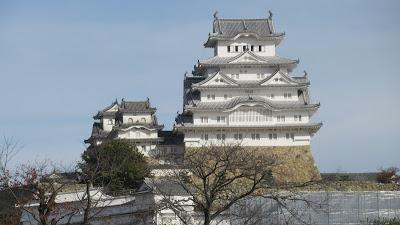
Himeji is a famous destination because of the UNESCO-listed castle. You can reach Himeji by train.
Read more here: Guide to Himeji
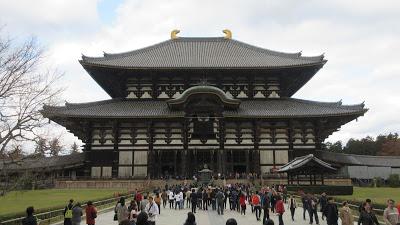
This ancient capital is home to many centuries old temples and deer. Visit to learn more about the country's history and culture. You can also reach Nara by train.
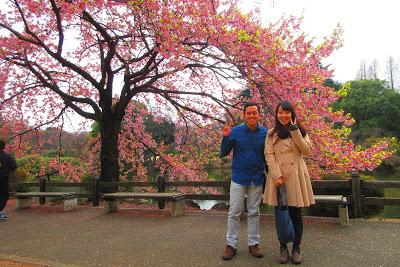
The Japanese capital is an eclectic mix of old and new. There are many shopping, entertaining and dining districts, and many parks as well. Take the shinkansen for a fast and comfortable journey.
Fukuoka
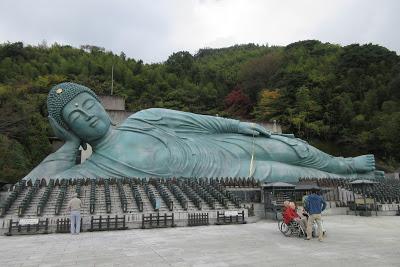
Fukuoka doesn't get as much attention as Kyoto, Osaka and Tokyo, but is a nice place to visit as well.
Read more here: Guide to Fukuoka
Getting Around
Kyoto is a famous tourist spot. It is an easy place to explore because of the metro and bus networks that can take you around. I tried both and found them convenient to use. I used the Kansai Thru Pass for the buses and some of the train lines within the city. The pass is convenient to have for tourists because it covers most lines except the JR ones. Rent a bicycle if you don't want to walk, but walking is the best way to explore Kyoto.
You can also buy passes such as:
- City Bus All-Day Pass: JPY500 for adults and half the price for kids
- Kyoto Sightseeing Pass (covers buses and subway): one day ticket costs JPY1200 for adults and half the price for children, the two day pass costs JPY2000 for adults and half for kids.
Best Time to Visit
Kyoto is a year-round destination, but the best seasons to visit are spring for the cherry blossoms which starts sometime towards the end of March until mid-April and autumn which starts from mid-November to early December. These two provide stunning colors which are ideal for photography. These seasons also get a lot of tourists, so try to book accommodation before your trip.
Where to Stay
.
I usually stay in hostels during my trips. Here are some suggestions:
There are several accommodations in Kyoto for different budgets, compare prices and find one that suits your budget.
How to Go
From Kansai International Airport
Kyoto is directly accessible from Kansai Airport. The JR West Limited Express Haruka is the only train that travels between Kyoto and Kansai Airport. The trip takes around 75 minutes one way. It makes two stops which are at Shin-Osaka Station and Tennoji Station. The first Haruka trip from Kansai Airport leaves at 6:30am and the last one departs at 10:16pm. The train is the most convenient option and costs JPY2850.
From Osaka
There are shinkansens or bullet trains departing from Shin-Osaka Station to Kyoto Station for JPY1420; the trip takes just 15 minutes. You can also take the Special Rapid Train of the JR Kyoto Line from Osaka Station to Kyoto Station; the trip costs JPY560 and takes 29 minutes. The train along the Hankyu Kyoto Main Line is also a convenient option. The Limited Express Train from Hankyu Umeda Station to Kawaramachi Station (this is in Kyoto) costs only JPY400 but takes around 40 or so minutes.
You can get these passes to reach Kyoto:
Visa for Filipinos
If you don't have a visa yet, you can read my post on how to get one:Japan visa guide.
Sample Expenses
Here is a sample expense guide for a 3 days' trip for one person, this is only for your stay in Kyoto.
(Everything's in Japanese Yen)
2850 - One way train ticket from Kansai International Airport to Kyoto Station
9000 - 3 nights stay at a hostel dorm room (prices vary depending on where you'll stay)
600 - Accommodation tax per day (this was a recent addition to local laws, the first time I was in Kyoto I didn't pay for this)
7000 - Food and drinks
2000 - Two days bus and subway pass
1200 - One day bus and subway pass
3400 - Entrance fees for attractions
26050 - Total
*The total could be more or less depending on how much you spend on food, accommodation, passes bought, how you get around and the number of attractions you visit.

